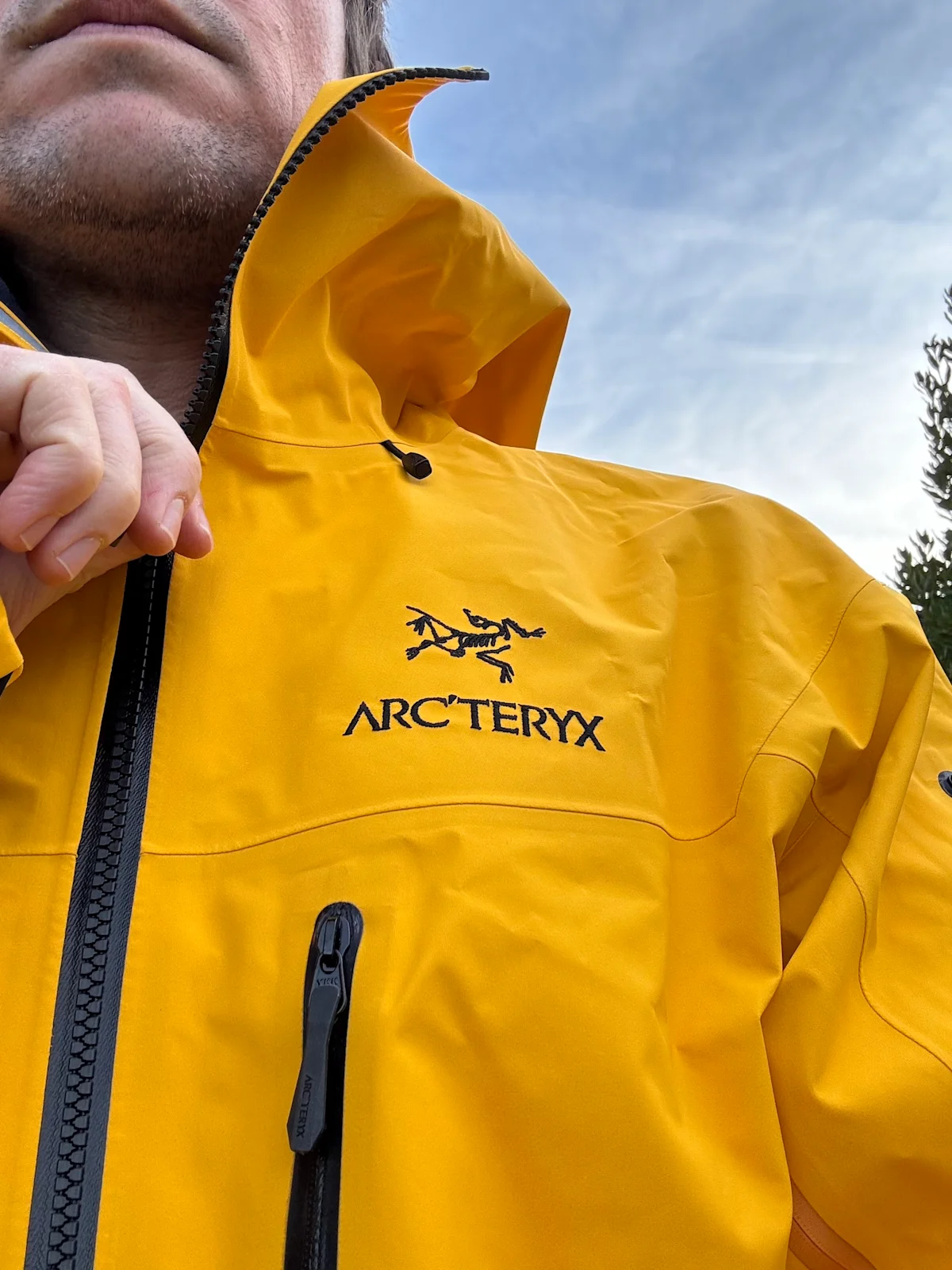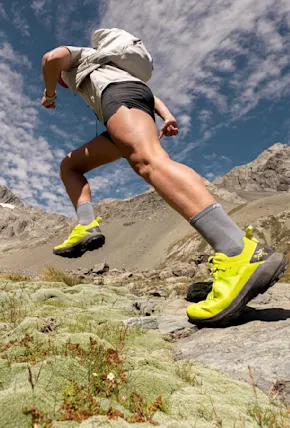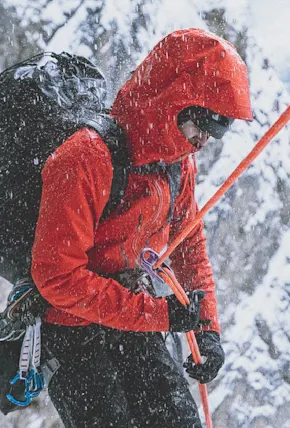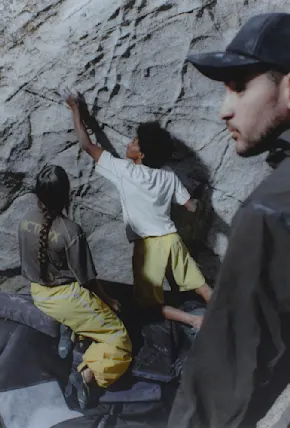Comparing the Alpha SV with Other Arc'teryx Jackets
The Arc'teryx Alpha SV jacket stands out for its top of the line durability, highest grade material technology, and specialized design tailored for severe alpine conditions. When compared to other Arc'teryx jackets, it offers superior protection and specific features suited for extreme environments, though it comes at a higher price point and weight.
Alpha SV vs. Alpha AR: The Alpha SV (Severe Weather) is built for the harshest conditions with more durable materials, whereas the Alpha AR (All Round) offers versatility across various activities with a slightly lighter build.
Alpha SV vs. Beta Series: The Alpha Series is more specifically designed for the most core activities like ice climbing while the Beta series works better as a ski or all around winter jacket. The Beta series uses less burly fabrics and also has a more relaxed fit which are both much more conducive to non-climbing specific activities like skiing.
Alpha SV vs. Beta AR: The Alpha SV uses a 100-denier face fabric which delivers the company’s highest level of durability, and the Beta AR uses a combination of 40-denier and 80-denier fabrics to lighten the jacket up.

Photo by the author | Field Mag
How to take care of your Arc’teryx Jacket
All of those premium design elements and highest end fabrics won’t translate into a jacket that will last more than a few seasons if you don’t take care of it, though. An interesting dichotomy in outdoor gear is that often the products that are the absolute toughest in the alpine need to be thoughtfully cared for in the home. An example of this is the fickle cleaning needs of porous membranes that allow waterproof shells to let your sweat out but not let outside moisture in. Certain detergents or fabric softeners can plug those pores right up and turn your jacket into an overpriced nice looking trash bag. Below are a series of best practices (many followed by my buddy Brooks) to maximize your massive investment.
Cleaning Instructions
Machine Wash: Use a front-loading washing machine to prevent damage to the fabric. To move contents around, most top-loading washing machines employ an agitator, otherwise known as technical gear shredders. Wash with cold or warm water (not hot) on a gentle cycle. Use a liquid detergent specifically designed for technical fabrics. Avoid powder detergents, fabric softeners, bleach, or stain removers.
Rinse Thoroughly: Run an extra rinse cycle to ensure all detergent is removed, as residue can affect the jacket’s performance.
Zipper and Velcro Care: Before washing, close all zippers, Velcro closures, and pockets to prevent snagging.
Drying Instructions
Tumble Dry: Dry the jacket on a low-heat setting. Tumble drying helps reactivate the Durable Water Repellent (DWR) coating.
Air Dry: If tumble drying isn’t an option, hang the jacket to air dry in a well-ventilated area. However, this will not reactivate the DWR.
Restoring Water Repellency
DWR Re-Treatment: If water stops beading on the surface, reapply a DWR treatment spray or wash-in product designed for GORE-TEX fabrics. I have personally used Nikwax products since 2010 (coincidentally the year I started actually taking care of my gear) and still swear by them today. I use their TX.Direct for wash-in treatment and TX.Direct Spray On when a spray makes more sense (usually for larger products like tents but it works great on shells as well). Follow the product instructions carefully. Heat activation is typically required—use a tumble dryer on low heat or a warm iron (with a cloth between the jacket and iron).
Removing Stains
Spot Cleaning: For localized stains, use a soft sponge or cloth with mild soap and water.
Gently scrub the affected area, then rinse thoroughly.
Storage Tips
Avoid Prolonged Compression: Do not store the jacket tightly packed or compressed for long periods, as this can damage the fabric and coatings.
Keep Dry and Cool: Store the jacket in a cool, dry place, away from direct sunlight or heat sources.
Shop Alpha SV from Arc'teryx












